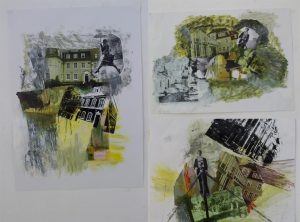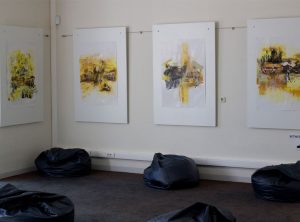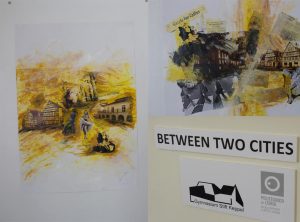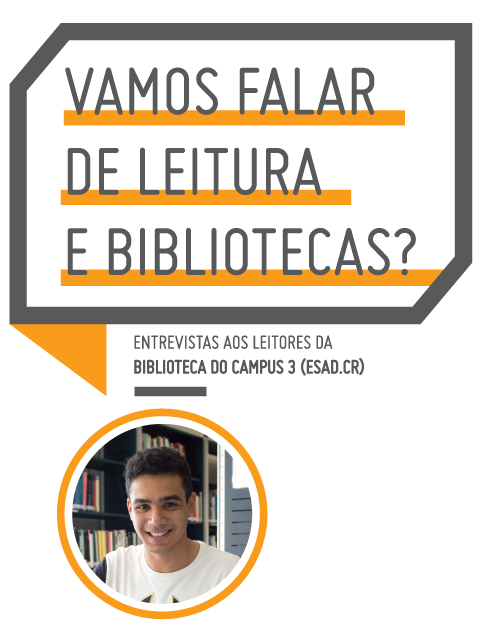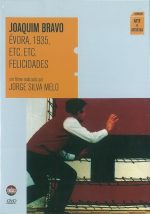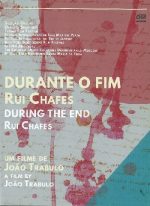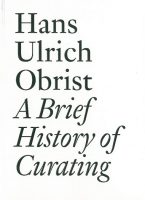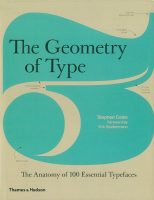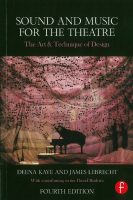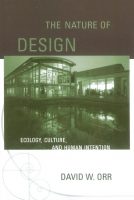Dissertações de Mestrado da ESAD.CR disponíveis no repositório Ic-Online
Novidades bibliográficas da Biblioteca do Campus 3 (ESAD.CR) – outubro 2017
OUTUBRO 2017
|
Autor: David Rose |
In Rose’s vision of the future, technology atomizes, combining itself with the objects that make up the very fabric of daily living. Such innovations will be woven into the background of our environment, enhancing human relationships, channeling desires for omniscience, long life, and creative expression. The enchanted objects of fairy tales and science fiction will enter real life. Groundbreaking, timely, and provocative, Enchanted Objects is a “delightful” (The New York Times) blueprint for a better future, where efficient solutions come hand in hand with technology that delights our senses. It is essential reading for designers, technologists, entrepreneurs, business leaders, and anyone who wishes to take a glimpse into the future. |
|
Título: 100 more things every designer needs to know about people Autor: Susan Weinschenk Cota: 74-90 |
Thousands of designers, marketers, and product managers have come to rely on Susan Weinschenk’s original 100 Things Every Designer Needs To Know About People as a “go-to book” for practical advice on how to use the latest findings in psychology and neuroscience to directly inform and improve their designs, brands, and products. Research hasn’t stopped since the book was written, and new design challenges have emerged. Weinschenk’s new book, 100 MORE Things Every Designer Needs To Know About People applies the latest research in psychology, neuroscience, brain research, and social psychology to the design of technology products, including websites, apps, wearables, and artificial intelligence. Weinschenk combines real science and research citations with practical examples to make her 100 MORE Things engaging, persuasive, easy to read, accessible, and useful. 100 MORE Things Every Designer Needs to Know About People is not just another “design guidelines” book because it explains the WHY behind the guidelines, providing concrete examples and prescriptions that can be easily and instantly applied. |
|
Autor: Hans Belting |
Lévi-Strauss sobre a «máscara» dos Caduvéo, de Macho sobre os «crânios de Jericó», de Leroi-Gourhan sobre a relação entre linguagem e imagem, de Augé sobre os «Não-Lugares», de Foucault sobre as «heterotopias», e, ainda, de Stiegler, de Alliez, de Deleuze, de McLuhan, entre muitos outros, são igualmente convocados neste ensaio essencial. |
|
Autor: Victor Papanek |
Victor Papanek’s lively and instructive guide shows how design can reduce pollution, overcrowding, starvation, obsolescence and other modern ills. He leads us away from “fetish objects for a wasteful society” toward a new age of morally and environmentally responsible design. Professor Papanek was a highly distinguished designer, educator, lecturer and writer, widely acknowledged for his visionary ideas on design theory. He was Professor at the School of Architecture and Urban Design at the University of Kansas at the time of his death in 1998. . |
Sugestões de leitura da Biblioteca Campus 3 (ESAD.CR) – outubro 2017
Se não conseguir visualizar corretamente o conteúdo, clique aqui .
Workshop “Between Two Cities” – Exposição de trabalhos
Workshop “Between Two Cities” – Exposição de trabalhos
A Biblioteca do Campus 3 exibe, de 2 a 6 de outubro de 2017, trabalhos de alunos da escola alemã Gymnasium Stift Keppel, realizados no âmbito do Workshop “Between Two Cities” que decorreu na ESAD.CR.
Vamos falar de leitura e bibliotecas? – Entrevistas aos leitores da Biblioteca do Campus 3 (ESAD.CR)
Novidades bibliográficas – Biblioteca Campus 3 (ESAD.CR)
SETEMBRO 2017
Sugestões de leitura da Biblioteca Campus 3 (ESAD.CR) – setembro 2017
Se não conseguir visualizar corretamente o conteúdo, clique aqui.
Dissertações de Mestrado da ESAD.CR disponíveis no repositório IC-Online
Mestrado em Design Gráfico
Título: Infografia na cozinha : o processo de simplificação do livro de receitas
Autor: Mariana da Costa Salema Lindo Silva
Mestrado em Design do Produto
Título: Fusão : analogias entre cerâmica & culinária
Autor: Rita Alexandra Ribeiro Frutuoso
Mestrado em Design do Produto
Título: Nalu : pranchas eco-sustentáveis
Autor: Mirko Pierini
Mestrado em Design do Produto
Título: O Design no Nomadismo Contemporâneo : móvel ao quadrado
Autor: Jorge, Pedro António Fonseca Jorge
Novidades bibliográficas – Biblioteca Campus 3 (ESAD.CR)
JULHO 2017
Sugestões de leitura da Biblioteca do Campus 3 (ESAD.CR) – julho 2017
Se não conseguir visualizar corretamente o conteúdo, clique aqui.




